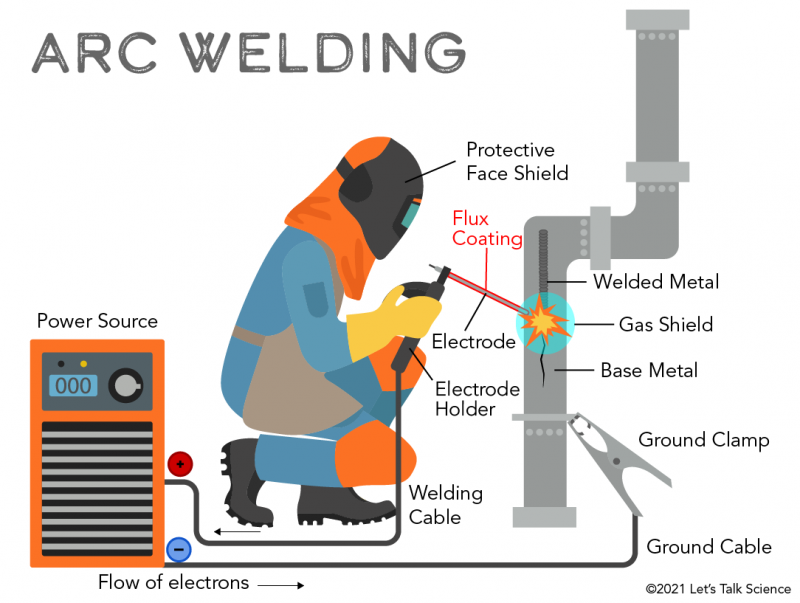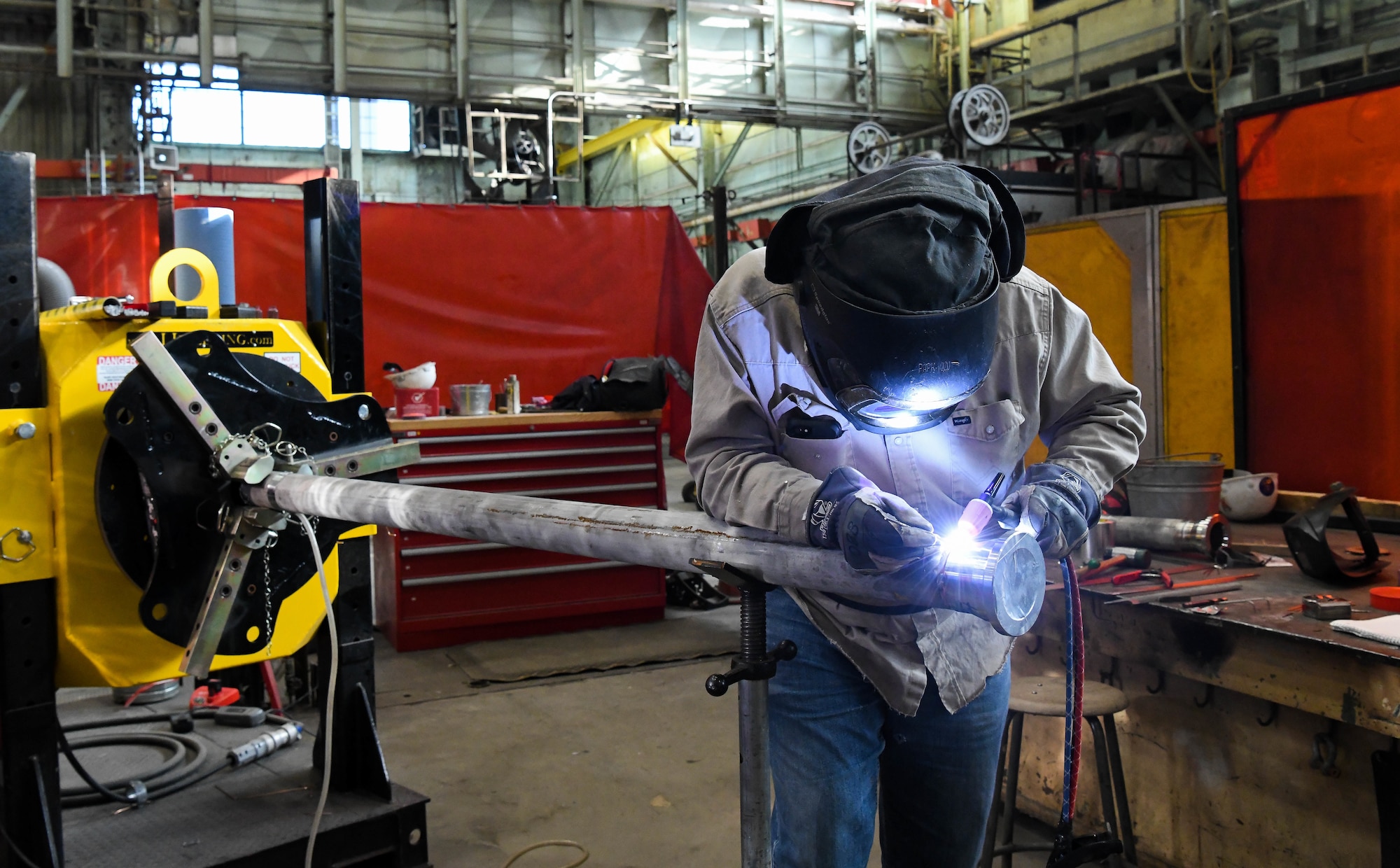The Ultimate Overview to Welding WPS Procedures: A Comprehensive Introduction for Welders
In the elaborate world of welding, Welding Procedure Specifications (WPS) function as the foundation of ensuring quality, consistency, and safety in welding operations. Recognizing the subtleties of developing, executing, and keeping an eye on WPS treatments is necessary for welders looking to elevate their craft and satisfy sector criteria. As we explore the various parts of a WPS and explore the complexities of certification and qualification, we will certainly reveal the essential function these treatments play in the realm of welding. Let's start a journey to untangle the intricacies and relevance of WPS treatments in welding techniques.
Significance of WPS Procedures
Understanding the significance of Welding Treatment Requirements (WPS) treatments is vital for making sure the quality and stability of bonded structures. WPS procedures work as a roadmap for welders, laying out the needed steps, parameters, and products called for to accomplish a sound weld. By sticking to WPS standards, welders can ensure uniformity in their work, bring about dependable and structurally audio welds.
One of the main factors why WPS procedures are vital is their role in maintaining weld high quality and honesty. Complying with the defined welding criteria and methods outlined in the WPS helps stop problems such as porosity, cracking, or insufficient fusion, which can jeopardize the stamina and longevity of the weld. In addition, WPS treatments are important for ensuring conformity with market requirements and codes. By adhering to recognized WPS standards, welders can show that their job meets the needed requirements for safety and high quality, offering guarantee to clients, assessors, and regulative bodies. Basically, the relevance of WPS treatments can not be overstated, as they are basic to achieving regular, top notch welds that fulfill industry requirements and specs.

Elements of a WPS
A Welding Treatment Spec (WPS) normally comprises crucial parts that detail the specific needs for carrying out a weld, ensuring consistency and top quality in the welding process. The key parts of a WPS consist of crucial variables such as base metals, filler steels, interpass and preheat temperatures, welding procedures, protecting gases, welding placements, and post-weld warm therapy requirements.
Base steels describe the materials being signed up with, while filler metals are used to fill the void between the base metals during welding. Preheat and interpass temperature levels are important for controlling the warmth input and stopping issues like cracking or distortion. The welding process details the specific method to be utilized, whether it's gas metal arc welding (GMAW), secured metal arc welding (SMAW), or one more technique. Protecting gases shield the weld pool from climatic contamination. Welding settings define the positionings in which welding can be performed. Post-weld warm therapy may be essential to alleviate stress and anxieties and boost the weld's properties. A complete understanding of these parts is crucial for developing a reliable and extensive WPS.

Credentials and Qualification
Having developed the essential components of a Welding Procedure Spec (WPS), the focus now moves in the direction of the vital facets of credentials and qualification in welding practices.

Accreditation, on the various other hand, is the official acknowledgment of a welder's certifications by a pertinent certification body or organization. find out here now Welding qualifications are commonly based on the specific welding processes, materials, and positions a welder is qualified to collaborate with. Holding a valid welding accreditation shows that a welder meets industry standards and is skilled to do welding tasks to the required requirements.
Producing a WPS
To create a Welding Procedure Specification (WPS) that fulfills market standards, mindful consideration of welding processes, products, and operational specifications is essential (welding WPS). The primary step in developing a WPS is to recognize the welding procedure to be made use of, such as gas steel arc welding (GMAW) or secured metal arc welding (SMAW) Once the welding process is figured out, the following important element is picking the ideal products, taking into consideration factors like base steel type, thickness, and joint style. Functional specifications such as welding current, voltage, travel rate, and shielding gas composition should also be carefully defined in the WPS.

Implementing and Monitoring WPS
Upon settling the detailed Welding Treatment Requirements continue reading this (WPS) that diligently details welding processes, products, functional criteria, and high quality guarantee measures, the focus shifts to properly executing and keeping track of the established procedures. Execution includes making certain that all welders involved in the project are acquainted with the WPS and follow it carefully throughout the welding procedure. Reliable application and tracking of the WPS are crucial for guaranteeing the integrity, strength, and safety and security of the bonded joints, inevitably contributing to the total success of the welding task.
Verdict
To conclude, understanding and adhering to Welding Treatment Specs (WPS) is critical for welders to ensure quality, uniformity, and safety in their work. By understanding the parts of a WPS, getting proper certifications and qualifications, creating detailed procedures, and applying and monitoring them properly, welders can improve their abilities and proficiency in welding methods. Complying with WPS treatments is necessary for generating high-grade welds and conference sector criteria.
In the complex world of welding, Welding Treatment Requirements (WPS) offer as the foundation of guaranteeing high quality, consistency, and safety and security in welding operations. The welding process describes the particular strategy to be utilized, whether it's gas steel arc welding (GMAW), shielded metal arc welding (SMAW), or an additional approach.To develop a Welding Treatment Requirements (WPS) that fulfills sector requirements, cautious click here for info consideration of welding processes, materials, and functional specifications is vital. The very first step in producing a WPS is to recognize the welding procedure to be utilized, such as gas metal arc welding (GMAW) or shielded metal arc welding (SMAW)Upon wrapping up the thorough Welding Treatment Requirements (WPS) that thoroughly details welding processes, materials, functional criteria, and quality guarantee actions, the focus moves to successfully executing and keeping an eye on the established procedures.